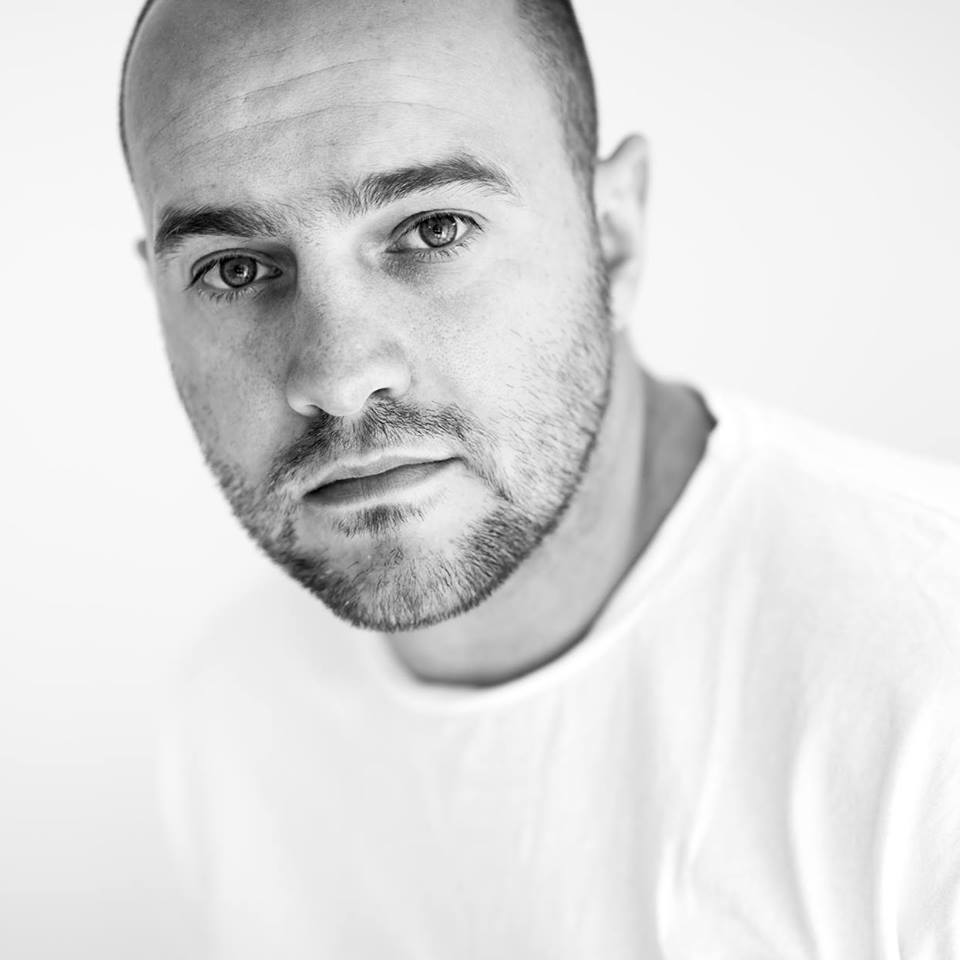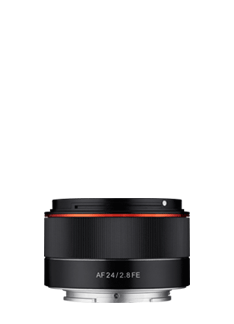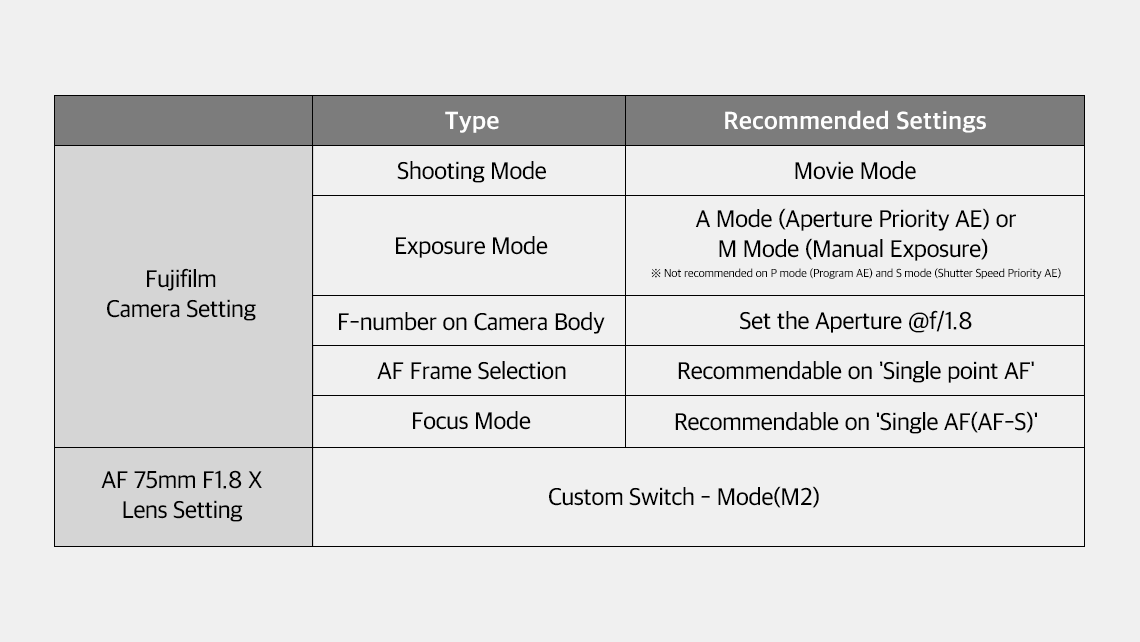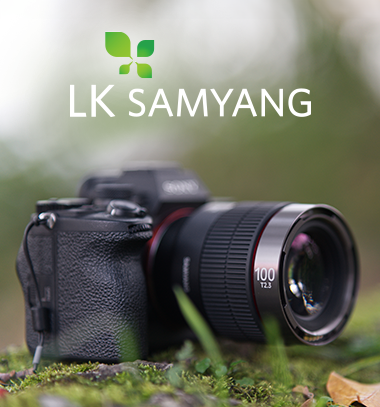BLOG
Buidling a Prime Lens Kit
Sony A7Riii with Samyang AF 35mm F1.4 FE @ 1/100th, f13, ISO 200
Sony A7R with Samyang AF 14mm F2.8 FE @ 1/25th, f4, ISO 64
Sony A7R with Samyang AF 35mm F1.4 FE @ 1/125th, f2.2, ISO 64
Sony A7Riii with Samyang AF 85mm F1.4 FE @ 1/250th, f11, ISO 100
Sony A7Riii with Samyang AF 85mm F1.4 FE @ 1/200th, f13, ISO 200
Nic Taylor
www.instagram.com/nictaylorphoto
www.facebook.com/NicTaylorPhoto
For any enquiries about hiring for Food/Drink, Interior, Commercial photography,
events or any other potential projects, purchasing prints or image rights.















.jpg)